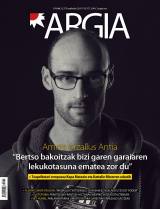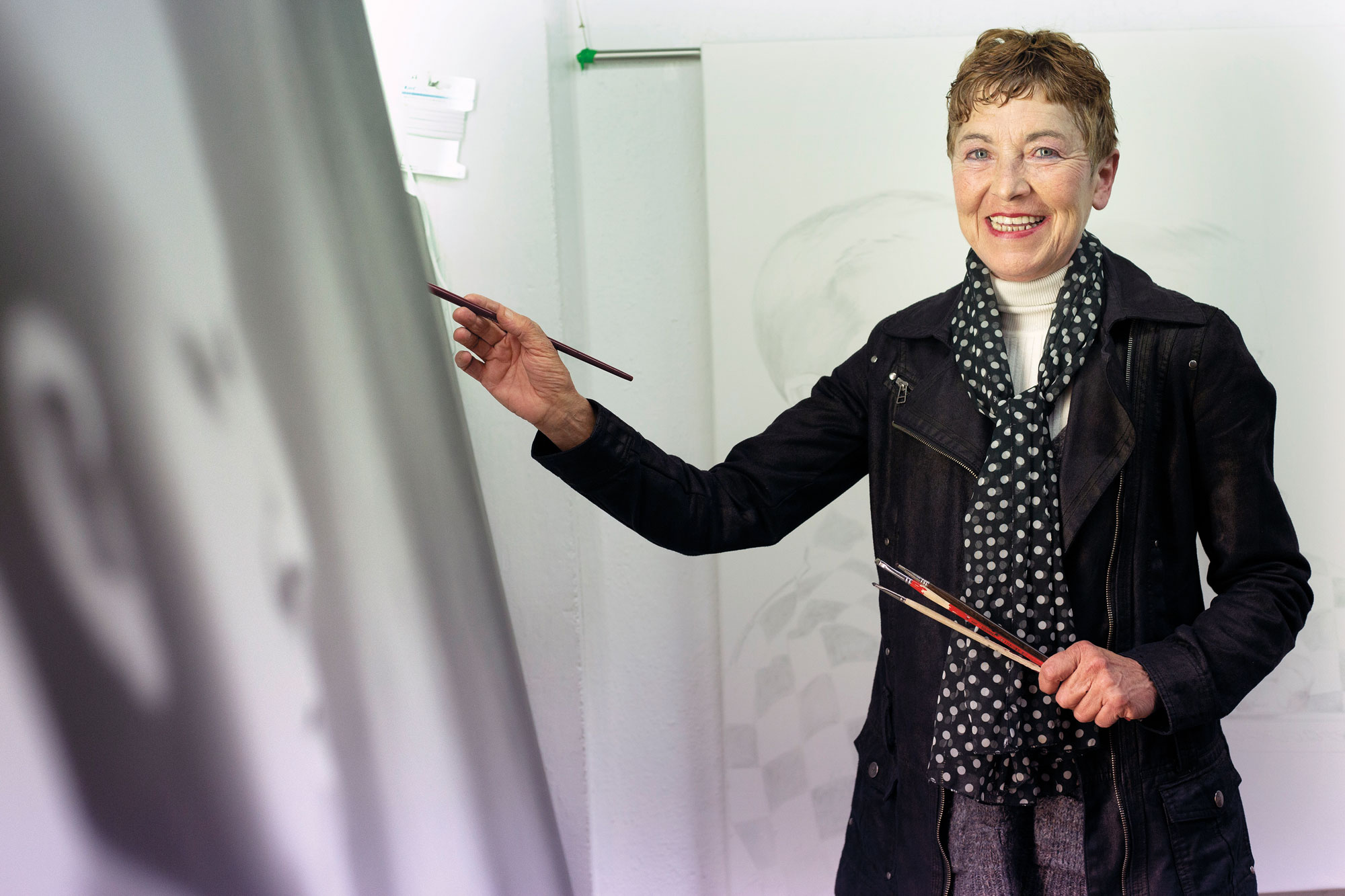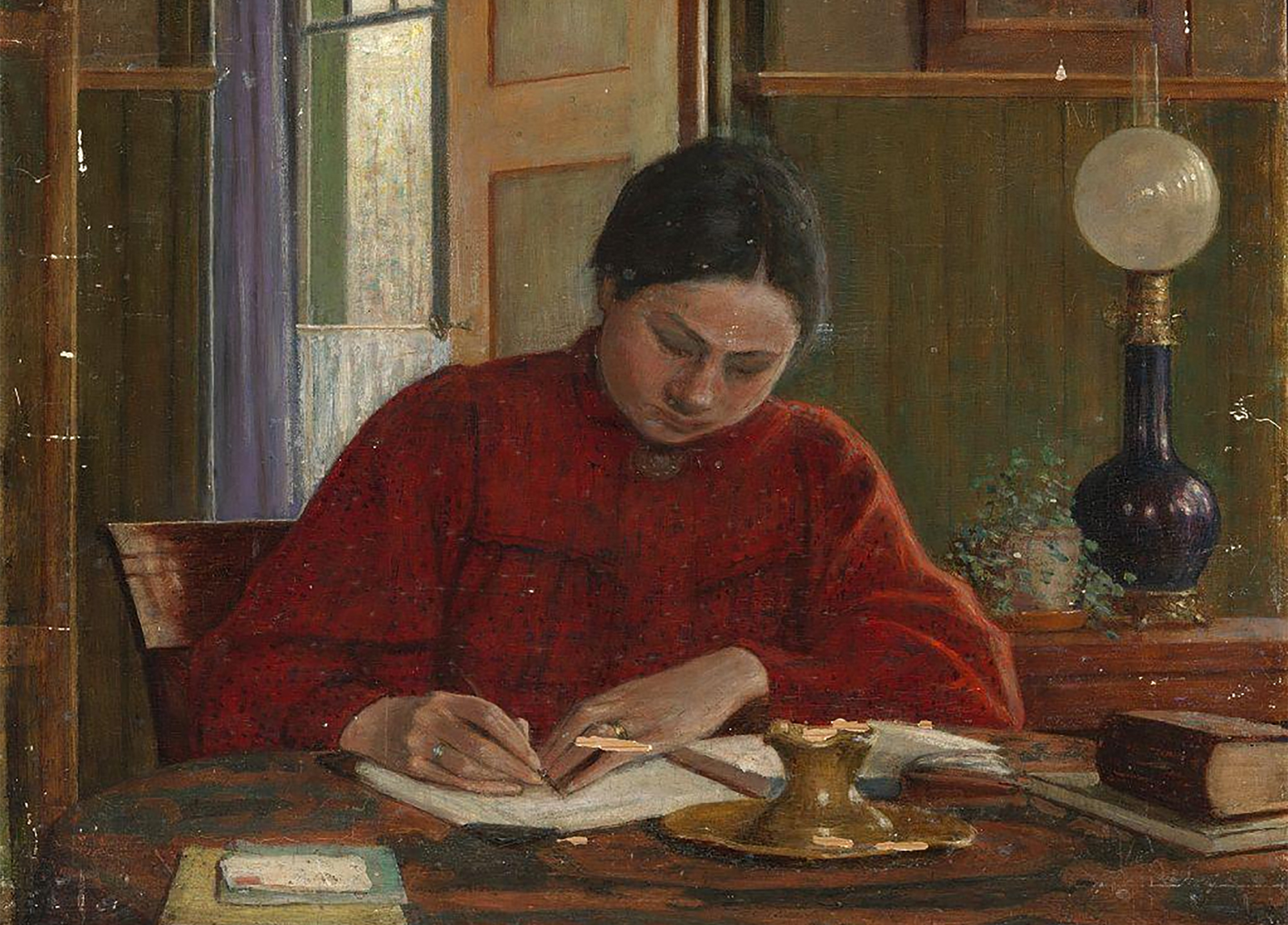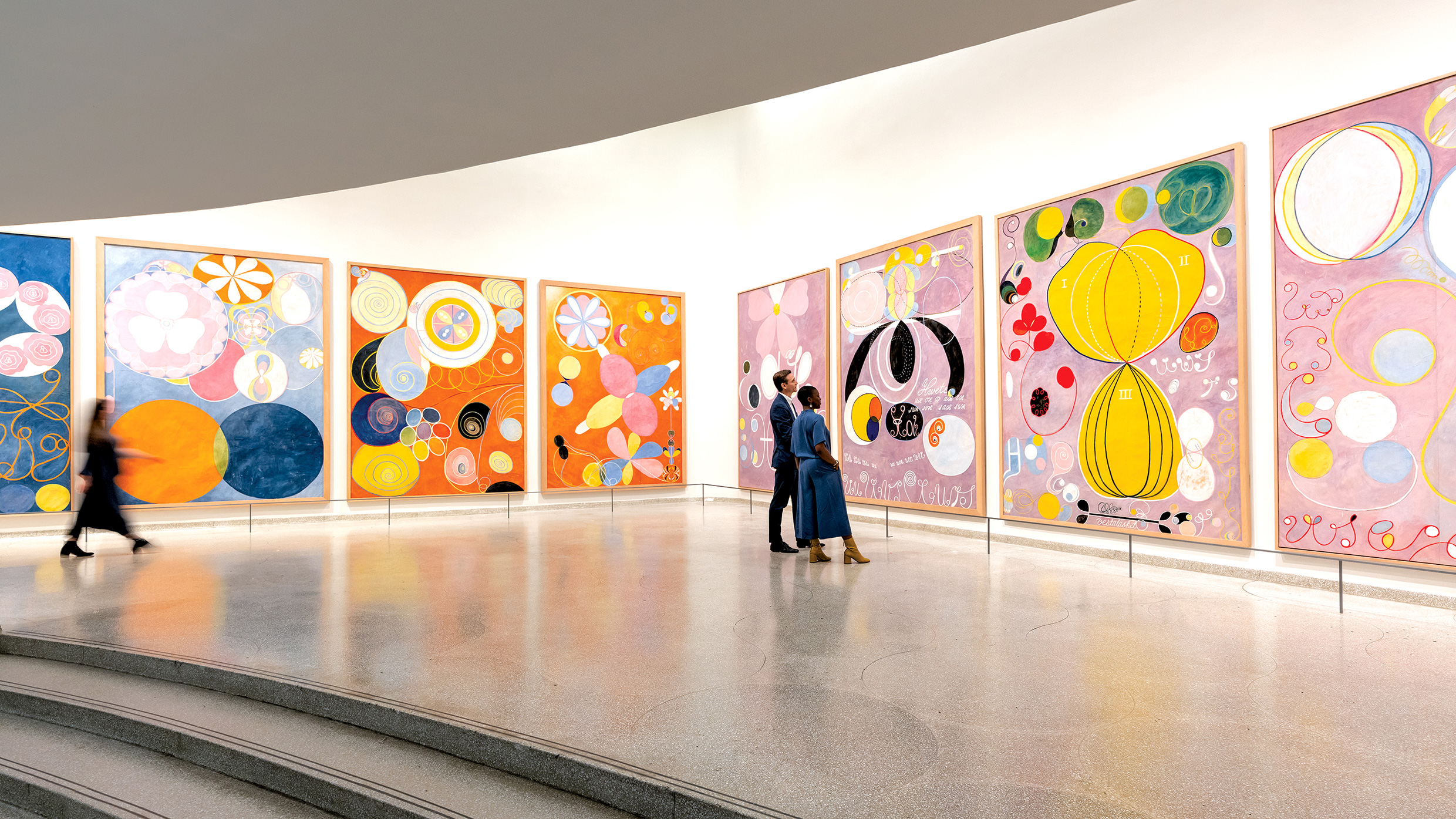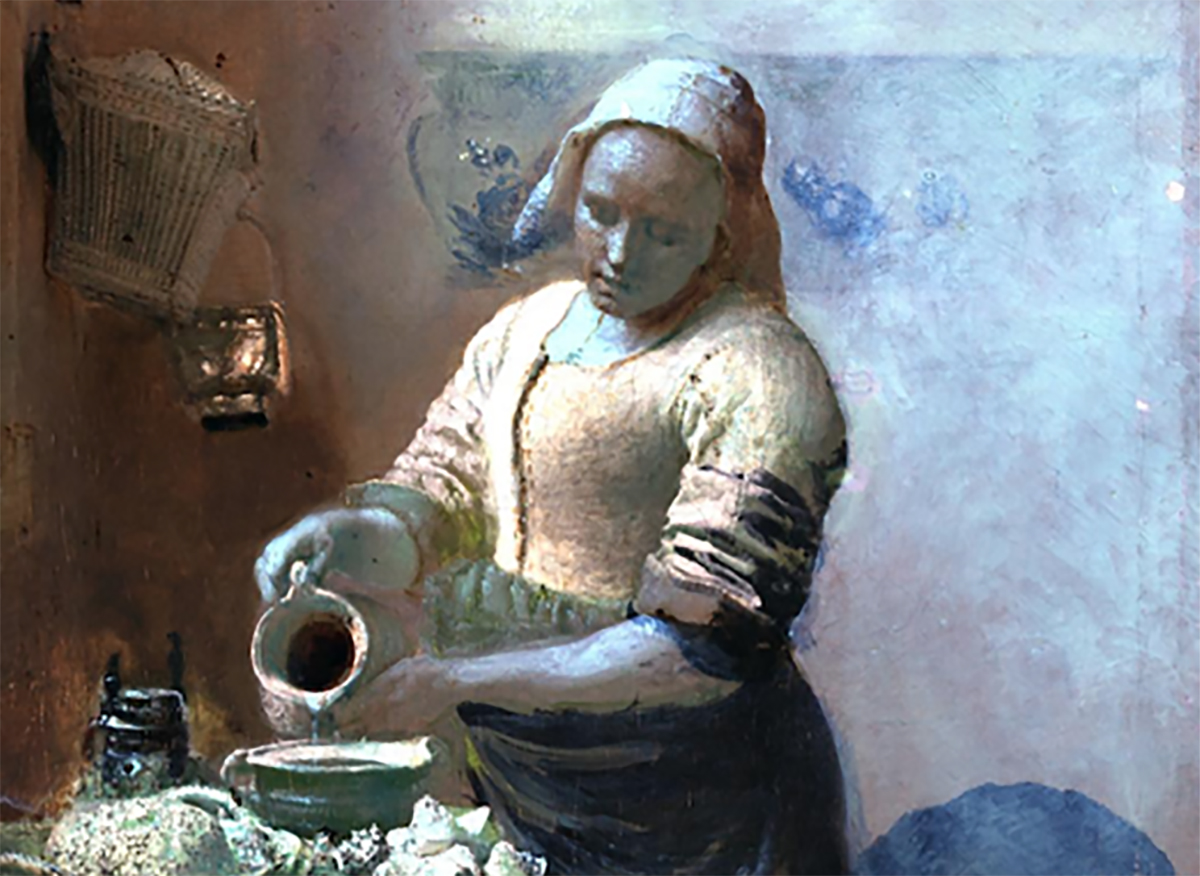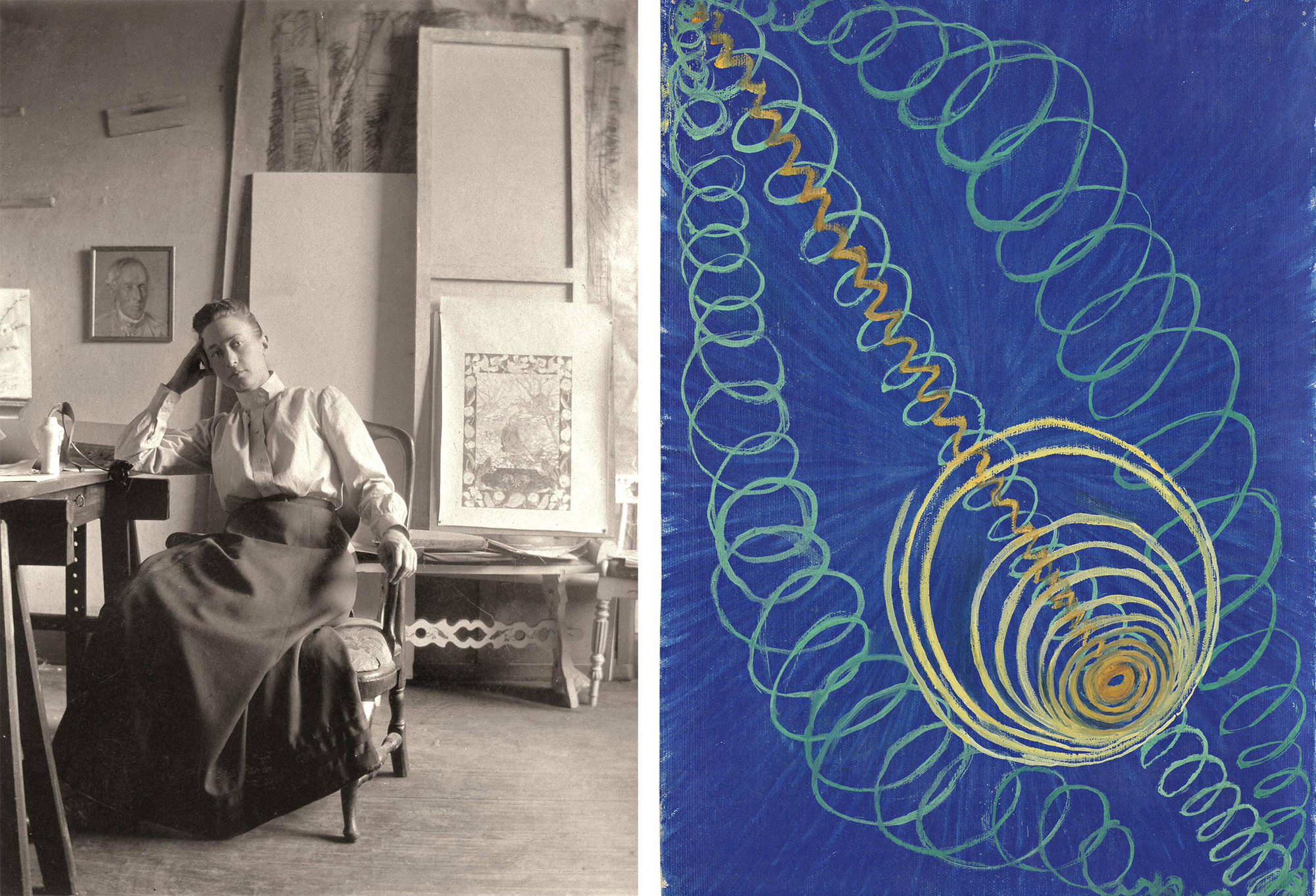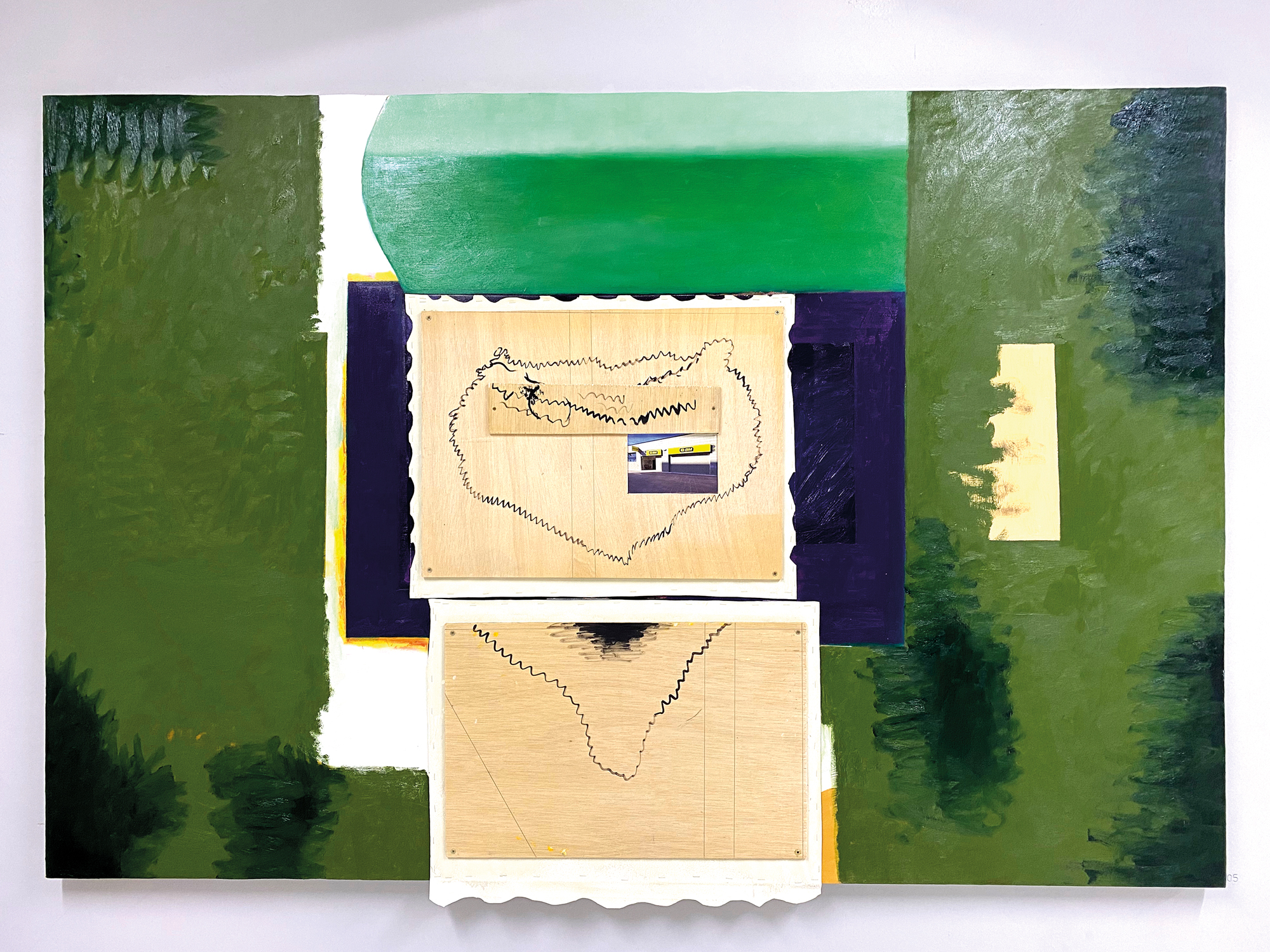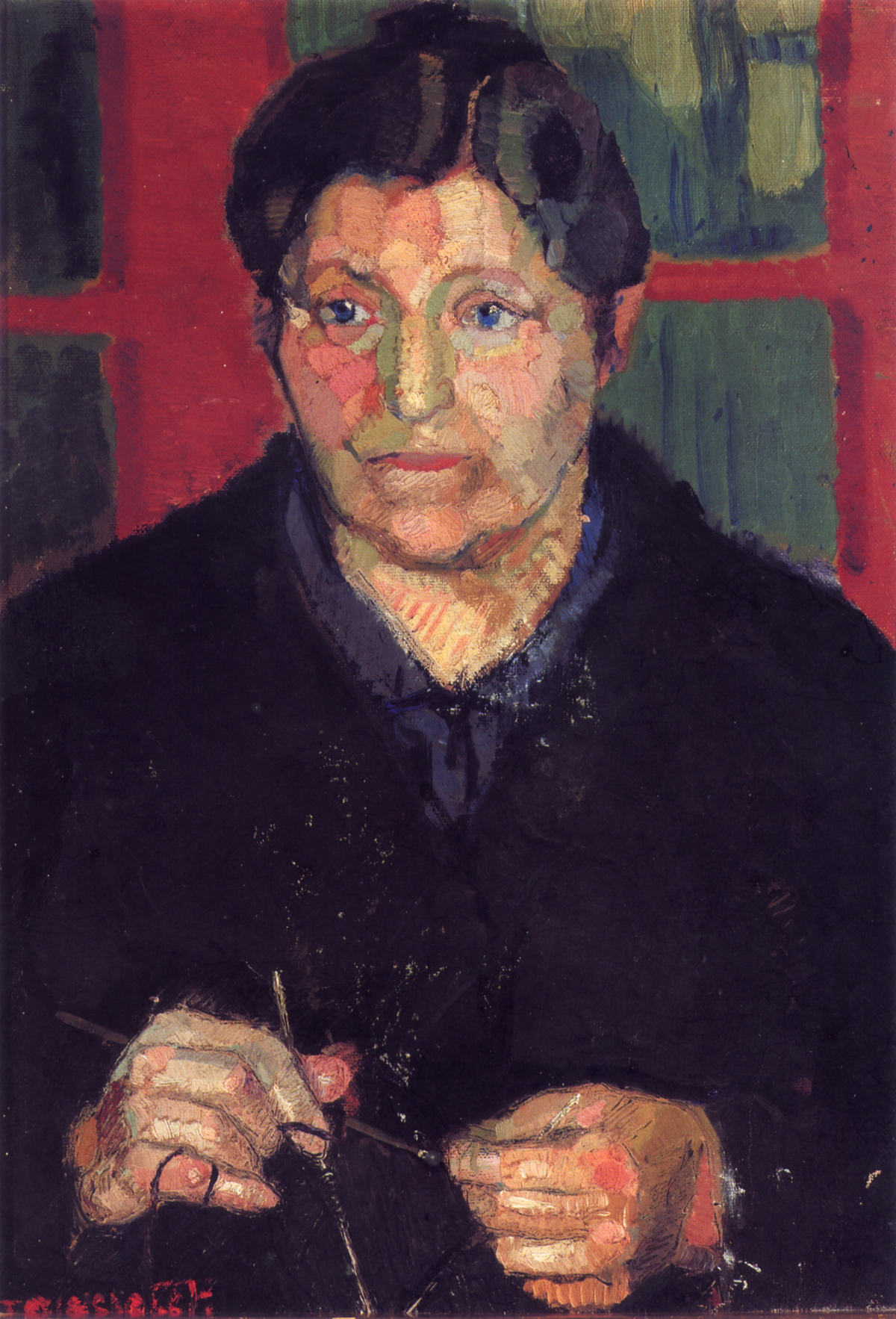
Jesús Olasagasti Irigoien (San Sebastian, 20 December 1907 - San Sebastian, 5 August 1955) was born 110 years ago and we have already forgotten it. In 2007 he was offered an exhibition on the occasion of the centenary of his birth. Since then his portraits have not seen many people.
He painted here at the age of nineteen: it shows the influence of post-pressure tendencies, such as fauvism, evokes Matisse, the brush is free. As a young man he was avant-garde, like many other artists back then who went through Europe, he was a sponge, he was made with the artists and tendencies he liked.
Back to his homeland, this avant-garde hobby led him to the tertulias of the Rhin and Madrid cafes, and then to create the GU association, along with other artists, architects and writers. Among those involved were Juan Cabanas Erauskin and José Manuel Aizpurua. As with the futurists, the futurists also led them to slip away with fascism.
He held dinners for the Francoists. And in that paradox the artist Jesús Olasagasti was trapped: the movement they believed by the avant-garde emerged immediately reactionary, reactionary, contrary to any aesthetic novelty. And after the war, completely forgetting the influences of his youth and the craving for change, he made portraits to live, academic portraits, the richest of Donostia, clergy, rulers.
She worked mostly on a job, and that drowned her. Over the past few years he has lived on alcohol. He died young, not 48 years old. He is almost better known for his artistic work than for his work in recovering the artistic environment of San Sebastian and, above all, for teaching young people who became artists such as Bixente Ameztoi, his nephew.
Bussum (Netherlands), 15 November 1891. Johanna Bonger (1862-1925) wrote in his journal: “For a year and a half I was the happiest woman on earth. It was a long and wonderful dream, the most beautiful one I could dream of. And then came this terrible suffering.” She wrote... [+]









